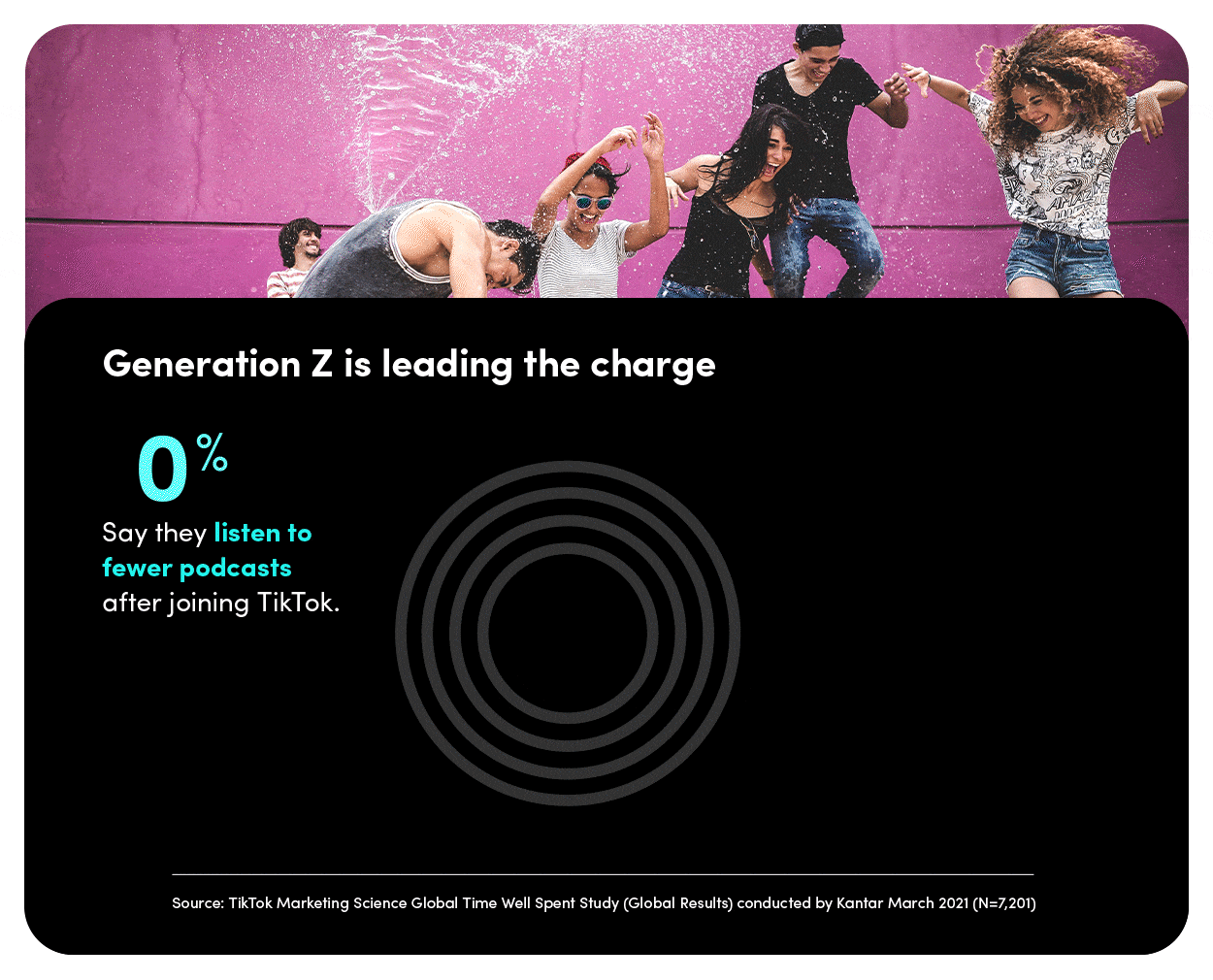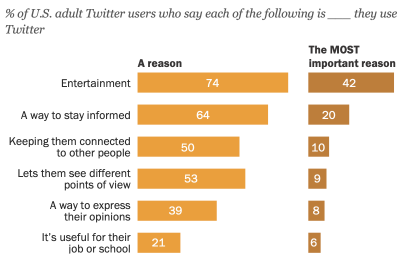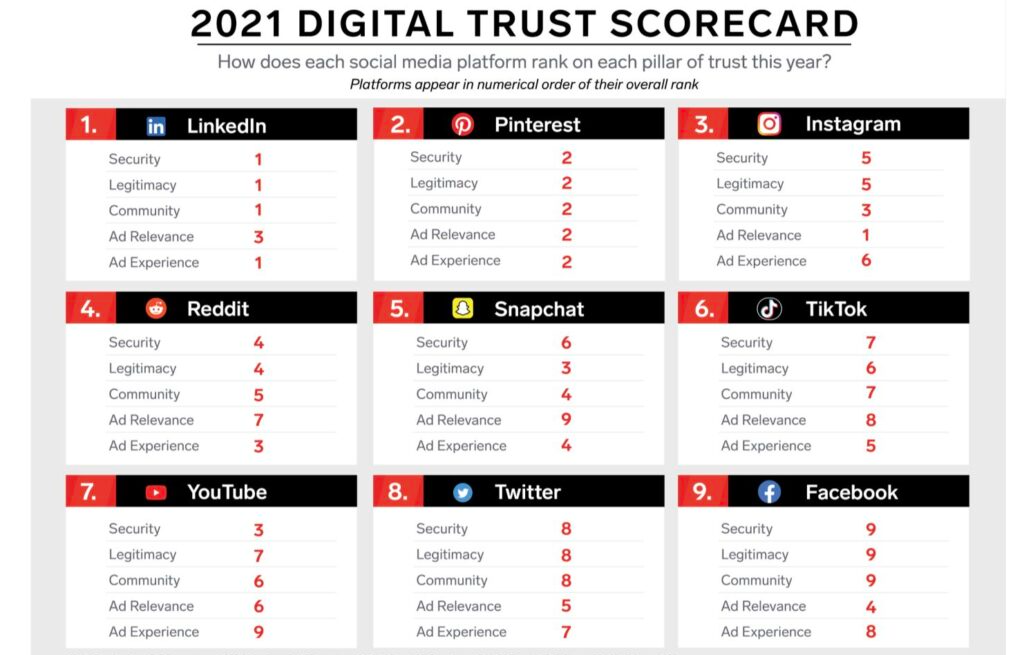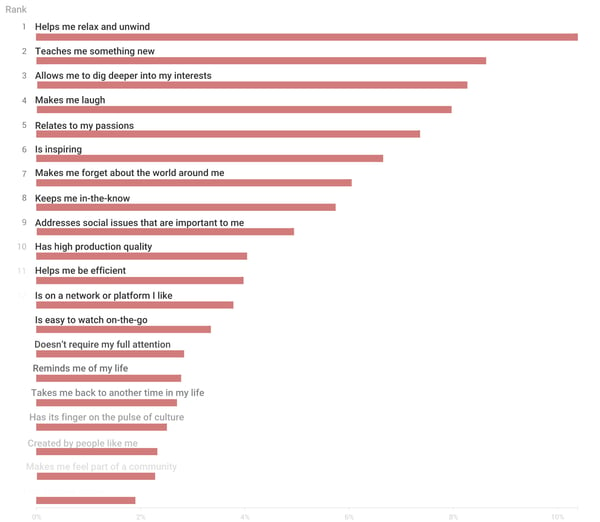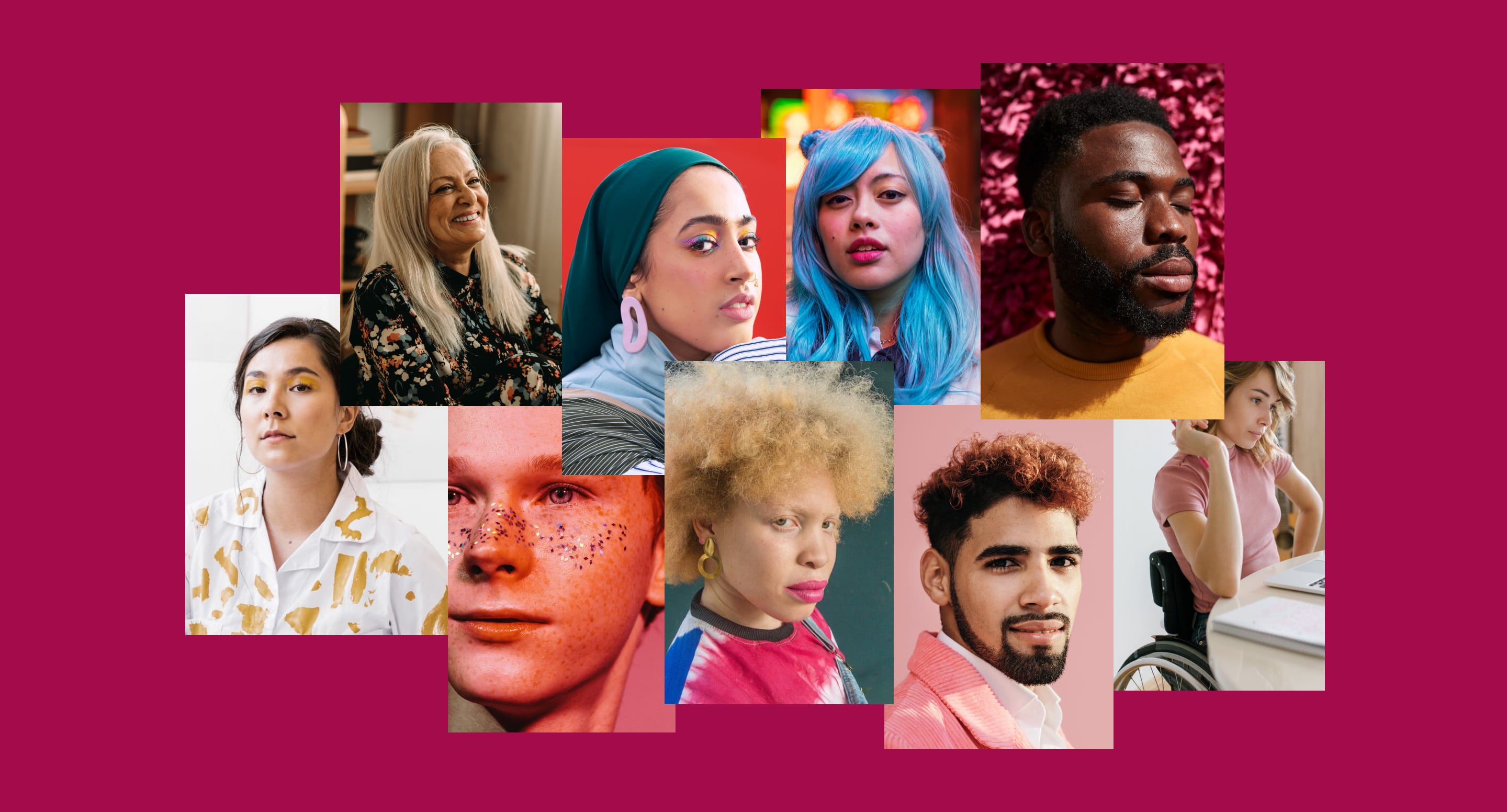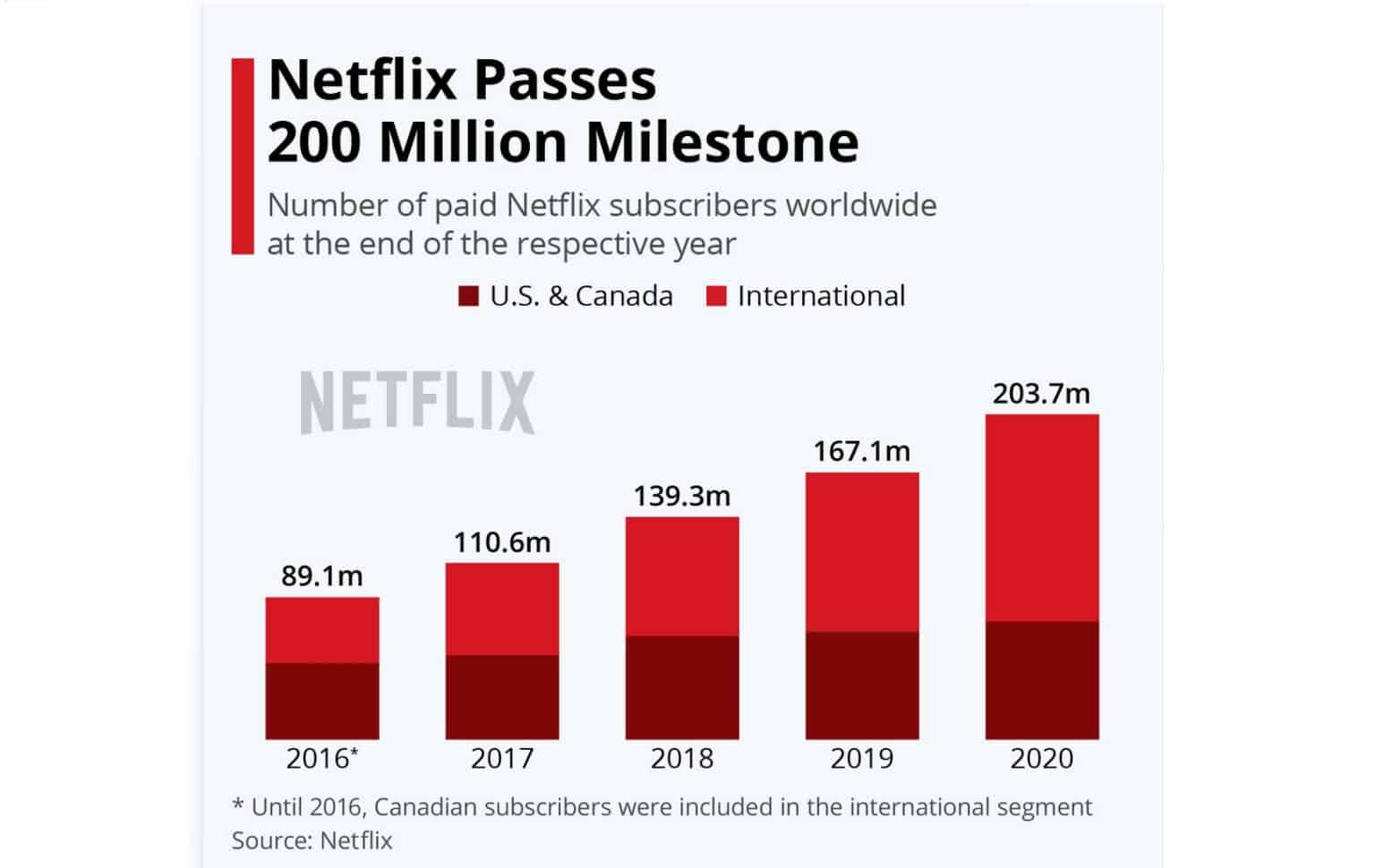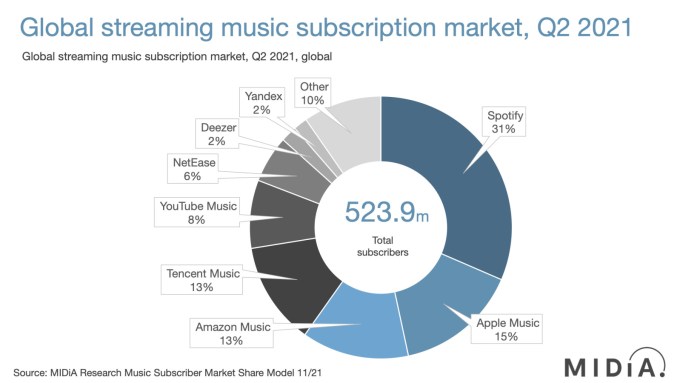Part
01
of six
Part
01
Social Media Platforms Sentiment Analysis - TikTok
Key Takeaways
- TikTok offers an avenue for positive behavioral reinforcement; "when behavior is more likely to happen again simply because the user had a positive experience with the behavior the first time around. (If you laughed a lot the last time you were on TikTok, you are likely to return in search of another great experience)."
- In a survey conducted in partnership with Kantar involving over 7,000 users of the app, respondents indicated that they enjoy their time spent on the platform with additional opportunities for feeling part of a community.
- Additionally, a TikTok commissioned study conducted by Nielsen with over 8000 respondents unraveled that about 59% of surveyed participants concluded that using the app gives a sense of community.
- TikTok explained in the survey that, users“come to TikTok for the community, stay for the creativity, and leave feeling happy and inspired. People love the positive experience that our platform provides, so they scroll longer and dive deeper.”
Introduction
We have provided key insights surrounding TikTok's brand sentiment analysis as users associate with the social app's positive behavioral reinforcement capabilities and increased content enjoyment and connection. Our gathered insights span from the last 24 months, within Wonder's requirements. We have shared our findings below.
Key Insights on Tik Tok's Brand Sentiment
Positive Behavioral Reinforcement
- In a blog post by Andrew McPeak in December 2021, here is what he had to say; "a few months ago, I downloaded TikTok. Within minutes, I understood what all the fuss was about. I was laughing. I was surprised. I was angered. I was awed. Not only did I experience a wide range of emotions, but I also noticed that each emotional experience was short, beckoning me to keep swiping to the next video. After all, my subconscious brain would tell me, “what’s another 20 seconds?” Twenty minutes later, I looked at the time, shocked at how quickly I had lost track."
- This is typically the experience for many social media addicts, exactly what Dr. Dana Goetz, a Clinical Psychologist, portrays as the work of psychological forces on social media platforms like TikTok. According to her as suggested by "the law of effect, behavior is either strengthened (likely to occur more frequently) or weakened (likely to occur less frequently) depending on its consequences; a stimulus that follows behavior."
- These attributes translate into positive and negative reinforcement, where positive reinforcement in this context is "when behavior is more likely to happen again simply because the user had a positive experience with the behavior the first time around. (If you laughed a lot the last time you were on TikTok, you are likely to return in search of another great experience)."
- Thus, for users seeking momentary relief find related contents that achieve exactly that. “Scrolling through TikTok could serve as a form of ‘self-medication’ by providing momentary relief from negative emotions, life problems, or awkward social situations. For example, if you are feeling sad and then get on TikTok, your sadness may be eliminated or reduced. Or, if you are studying or working on a paper, TikTok can provide you with some temporary relief from the stress of your work.”
- Driven primarily by Generation Z'ers (born after 1996), the four reinforcement attributes that work in favor of TikTok are the immediacy of reinforcement, the unpredictability of reinforcers, variety and novelty of reinforcers, and response effort and magnitude of reinforcers.
Sense of Enjoyment and Connection
- The pandemic lockdowns in 2020 surged TikTok's usage, providing a good means of escape, and beautiful and light-hearted fun moments away from the gloomy pictures of the pandemic throughout the world's population.
- In a survey conducted in partnership with Kantar involving over 7,000 users of the app, respondents indicated that they enjoy their time spent on the platform with additional opportunities for feeling part of a community.
- A TikTok commissioned study conducted by Nielsen with over 8000 respondents unraveled that about 59% of surveyed participants concluded that using the app gives a sense of community.
- TikTok explained in the survey that, users“come to TikTok for the community, stay for the creativity, and leave feeling happy and inspired. People love the positive experience that our platform provides, so they scroll longer and dive deeper.”
- Additionally, the survey reports that the platform's "highly attuned algorithms keep its audience logged in, interacting with each other, “and looking for more fun”, with higher attention rates compared to other video platforms."
- This in part constitutes the driving force behind the success story of TikTok, aside from its numerous easy-to-use tools for creativity, authenticity (79% of surveyed users), and fun content for all ages, among others.
- The app invites people to act by liking, commenting, or participating in in-app challenges. “Users find a constant stream of joyful entertainment, liberating creativity, and endless inspiration that’s tailored just for them. It’s a positive experience that primes people to join in the fun and take action, and for brands, TikTok’s proactive population can have a huge effect”.
- According to the Search Engine Journal in 2021, “an average of 31% of TikTok users included “lifting my spirits” as one of the top three reasons for returning to the TikTok platform again and again.”
Research Strategy
For this report on key insights surrounding Tik Tok's brand sentiment analysis, we leveraged the most credible sources of information available in the public domain, including TikTok and Social Media Today.
